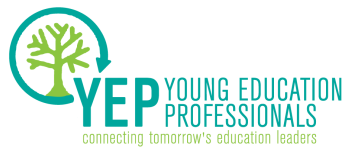Could this translate to education reform? Could the education reform movement benefit from more student voice?
Education may not have the Affordable Care Act shaking things up, but it is nonetheless a field in flux. Student loan debt surpassed $1 trillion last year, overtaking credit card debt. The College Board announced changes to the SAT earlier this year to better reflect college- and career-ready standards. Some colleges are beginning to consider the value of prior learning assessments, which grant college credit for life experience. And the rollout of the Common Core State Standards is an ongoing shift in K-12 education, one that is increasingly politicized.
 Credit: Mixed Company Theatre
Credit: Mixed Company Theatre I saw the power of student voice firsthand when I used to work in the classroom. I taught with a master teacher, who developed classroom rules and guidelines by involving students. This process promoted good behavior by increasing student buy-in through their personal involvement in the rule-making process.
But classroom rules are one thing; engaging students in policy decisions with far-reaching impacts is another. The Boston Student Advisory Council, for example, successfully advocated for student feedback to factor into teacher evaluations across the state, a practice that has been shown to help identify effective teachers. The input of young people is being recognized and valued in other contexts, such as local community boards in New York. But the field of education is still reluctant to recognize the value of student input. In Los Angeles, despite a student protest that garnered national attention, students only gained a non-voting seat on the school board.
As one of the primary stakeholders of the education reform movement, students add a valuable voice to changes that come about. Healthcare reform without receiving counsel from patients just doesn’t seem right. How is education reform without student input any different?
Bill Winfrey is an associate with a public policy and advocacy firm in D.C. Reach him via email or Twitter.

 RSS Feed
RSS Feed